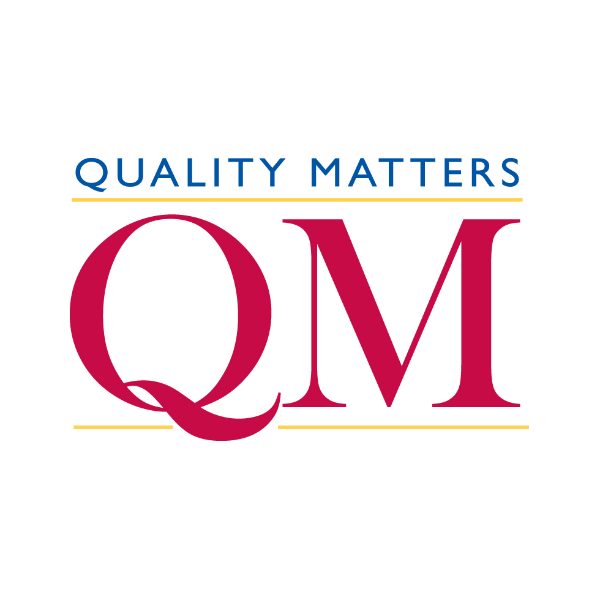
An Accessibility Checklist for Your Course
Accessibility in the context of online learning means that all populations of students, regardless of disability, are able to perceive, understand, navigate, and interact with their course materials and can

Accessibility in the context of online learning means that all populations of students, regardless of disability, are able to perceive, understand, navigate, and interact with their course materials and can

Utilize the course checklist below to ensure that your course is ready to undergo a Quality Review by a QM Certified Course Reviewer. Course Self-Assessment Checklist Course Introduction Are there

Recorded video content can be a great way to introduce you students to new concepts, provide in-depth lectures, or even just say “hello!” If you’ve never provided recorded video to

Never worked in an LMS template before or worried about the course quality review process? Use our instructional designers’ favorite course building tips below to help prepare yourself for some

Quality Matters (QM) Specific Review Standard 2.1 can be one of the most challenging, but also one of the most rewarding, standards to meet in a quality review. Describing your

SMART Objectives When you are writing course- or module-level objectives or outcomes, remember to always be SMART: Specific, Measurable, Attainable, Relevant, and Time-bound. Specific: The objective should be specific to

This page was adapted from Weber State’s “Learning Objective vs. Learning Activity” page in their ID Series: Learning Objectives course. Definitions Learning Activity: An activity or set of activities a

The Federal Credit Hour “An amount of work represented in intended learning outcomes and verified by evidence of student achievement that is an institutionally established equivalency that reasonably approximates not

As we prep courses for our upcoming semester, it’s important to consider our course delivery strategies. Specifically, how can we proactively plan to be present, monitor our students’ progress,

As you design your online course, you may closely consider the quality of your resources, the relevance of your assessments, and the level of interaction between your students. However, are

Online courses must evolve as we learn more about how to combat inequalities in our classrooms. A commitment to diversity, equity, and inclusion in our courses is a commitment to student success.

Why It’s Important You may have heard the term “accessibility” in passing from your university administrators, or you might remember a colleague mentioning “Universal Design” or “UDL.” Did you ever
AI-empowered research is reshaping the way we summarize, interpret, and discover knowledge. Faculty and students can now look to AI
Course acceleration is the process of transitioning a traditional, semester-long course into a shorter format, typically seven to eight weeks,
Images and visuals can transform the way students understand your course materials. Whether illustrating a complex idea, visualizing data, or
Creating video content can feel like a big lift, especially when balancing the other responsibilities of developing an online course.
A common pattern looks like this: a student copies your discussion prompt into a large language model (LLM) like ChatGPT
Live online course design and delivery webinars hosted by the Academic Services and Products team
Developed by Risepoint, Faculty eCommons (FeC) is a social learning ecosystem for faculty across the world to work together to improve online education. FeC contains resources specifically tailored to help online instructors and is maintained by the Academic Services and Products team at Risepoint.
The information provided on Faculty eCommons, including links to third-party websites, does not, and is not intended to, constitute legal advice; instead, all information, content, and materials on this website are for general informational purposes only.
Risepoint
700 North Pearl Street, Suite 600
Dallas, TX 75201
855-593-6050